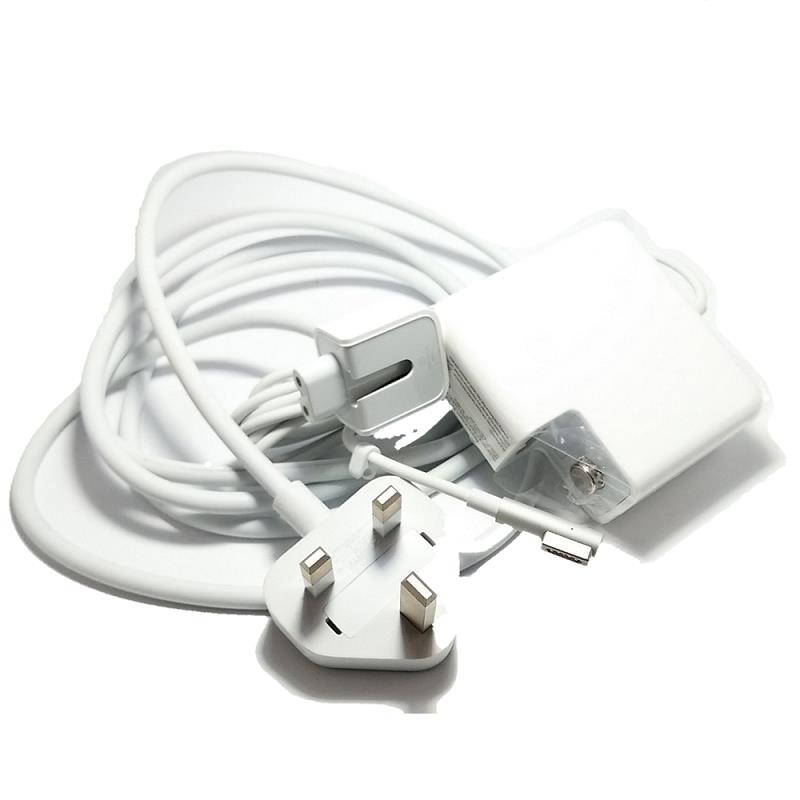
I, too, found small variances of a point or two when running it multiple times. Some people have reported that they get slightly different benchmarks when they run it on the same machine and under the same configuration. Much has been written about just how accurately this program measures a computer's speed. Once I had the new system configured like the old one, I ran the benchmarking program Xbench. That's the new drive sitting above where the old one is. The PowerBook 17 before the hard-drive replacement.

MAC POWERBOOK PRO WHAT POWER CABLE DO I NEED MAC OS X
Next, I installed a fresh copy of Mac OS X 10.3 using the install disk that came with the laptop, copied over personal files from my old directory and finally started up the PowerBook with the new Hitachi drive. I placed my "old" hard drive in an external FireWire enclosure and booted up the PowerBook from it, using a FireWire cable to connect the two. But would the new hard drive run hot? Would battery life suffer? And would the new drive be as quiet as the original? Given others' benchmarks and comments, I felt sure I'd see a speed bump.

The trade-off: I'd be giving up 20GB of space and an extra $20. But since I was going for the ultimate hard drive, I figured I'd give the E7K60 a shot. Now, as much as I love my PowerBook, even I don't use it that much. Hitachi Travelstar E7K60, an "enhanced" and slightly more expensive version of the 7K60 that others have installed in their PowerBooks since it hit the market last summer.Īccording to Hitachi, this version, which offers 8MB of cache, is designed for hardware that runs 24/7.


 0 kommentar(er)
0 kommentar(er)
